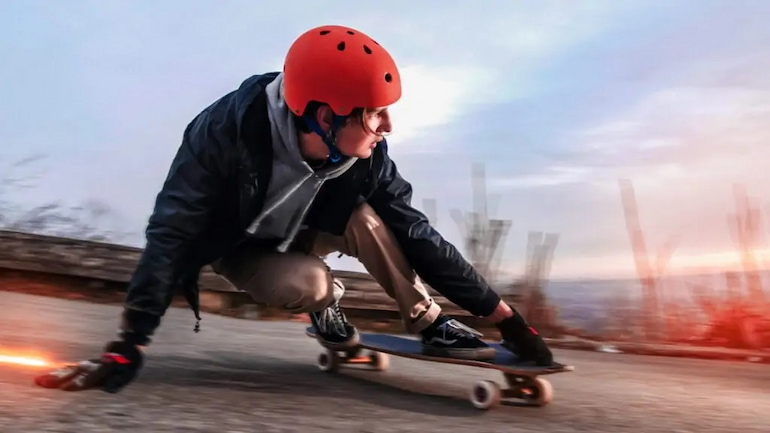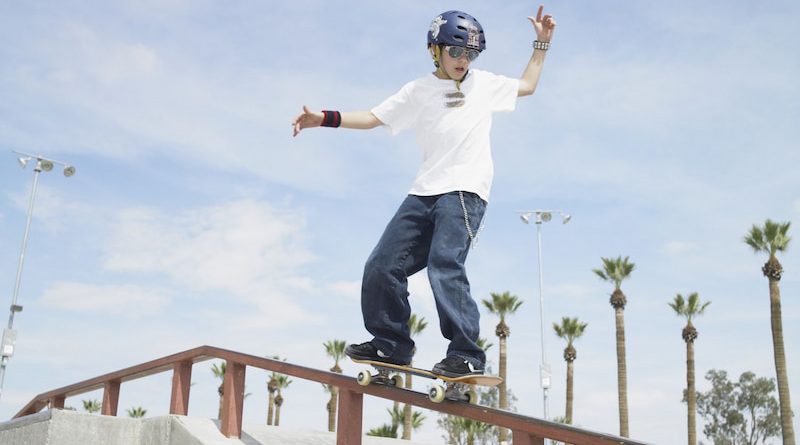The Ultimate Skateboarding Gear Checklist for Beginners
Skateboarding is a popular recreational sport mainly popular among youngsters. While learning how to ride a skateboard is one of the most basic things that you should learn to have fun, you really shouldn’t forget about following skateboarding laws to stay safe when on the road.
Skateboard Helmet
Even though the law doesn’t make it mandatory for us skaters to wear protective gear (helmet in particular), wearing one is recommended for staying safe. Practice shows that a well-fitting and resilient skateboard helmet is an essential safety piece of gear that is designed to protect your head from an injury in case of a fall.
When searching for the right one, you should go for a model that fits your head snugly without feeling too tight or too loose. In case you’re buying a skateboard helmet for the first time, the first thing you should do is measure your head. This step is essential to determine the true size, so what you’ll need to do is take a measuring tape, wrap it around your head in the middle of the forehead and that’s it.
Once you know your size, you should decide whether to buy a classic or full-cut model. The classic ones are designed to cover your head from the middle of your forehead to the neckline. These helmets have cutouts for your ears which means that they offer less coverage compared to full-cut versions. The latter are not only heavier than the classic types, but they also fully cover your ears and a part of your neck for added protection.
Regardless of the type you choose, you should also look for one that has all the needed padding and support. The helmet’s exterior should be made of a hard shell while the inside should be padded with an EPS foam which is perfect for absorbing shock.
The chosen model should also meet strict standards and certifications because this is just another proof of your improved protection. For better protection, look for a helmet with a multi-impact certification which is designed to protect your head from multiple impacts on the head.
One of the most common questions people ask is “Is a bike helmet OK for skateboarding?” and the truth is that they aren’t. While bike helmets can provide you with a certain protection, they are designed to protect the head against high-speed impacts. In other words, they won’t provide you with the needed protection from repeated low-speed impact falls.

Safety Pads
Aside from protecting your head, you shouldn’t forget about protecting your knees, elbows and wrists as well. These are the parts of your body that you can hurt in case of an accident, so keeping them well-protected is paramount. While they are sold separately, you can also shop from the large selection of them offered in a set.
Wrist guards and knee guards are perfect to be worn when also learning the basics of skateboarding or when learning some new tricks. Elbow pads on the other hand are perfect for preventing injury in those cases when you fall awkwardly and cannot stop yourself with your hands.
You should find the right size to get the most out of them and enjoy wearing them. To do that, you’ll need to measure your arms and legs with the help of a measuring tape. Just take the tape, and wrap it around your arms and legs (about 10cm above and below your knees and elbows). To obtain correct wrist measurements, wrap the tape around the knuckles. Once you know your measurements, you can compare them to the manufacturer’s sizing guide and choose the right size.
Gloves
Last but not least type of protective gear you should take with you is gloves. They are essential for those of you who plan on starting to ride their skateboards more often and more aggressively, so having your hands protected is paramount. Skateboarding gloves are specially made for this purpose because they are built to stand up to concrete and any other surface without tearing after the first impact.
The plastic pucks of these gloves are designed to be attached to the palm and fingertips to provide you with the needed protection without compromising your ability to slide smoothly on the ground.
These gloves also have thick padding which is designed to cover a great part of them. This padding is perfect for protecting your hands from the pain that can be caused in case of falling hard on the ground.
The last thing to have in mind when choosing gloves for this purpose is to choose ones made from abrasion-resistant materials. Such materials are strong enough to withstand the daily wear and tear and sliding across concrete and pavement without being destroyed.

